MJE2955T is a general-purpose PNP power transistor manufactured with the epitaxial base process and is mounted in a hermetically sealed metal case. This device is designed for general purpose switching and amplifier applications.
MJE2955T Pinout Configuration
Like any other transistor, MJE2955T has three pins namely EMITTER, BASE, and COLLECTOR. The pin configuration of MJE2955T is given below.
Pin Number | Pin Name | Description |
1 | Base | Controls the biasing of the transistor |
2 | Collector | Electrons Emitted from Emitter Collected by the Collector |
3 | Emitter | Electrons emitted from the Emitter into the first PN junction |
Features and Specifications
- Bi-Polar PNP Power Transistor
- DC Current Gain (hFE) is 70 maximum
- Continuous Collector current (IC) is 10A
- Emitter Base Voltage (VBE) is 5V
- Base Current (IB) is 6A maximum
- Available in TO-220 Package
- Maximum Collector-Emitter Voltage (Vce): 60 V
- Collector Dissipation: 75 W
- Transition Frequency: 2 MHz
- Operating Junction Temperature Max (Tj): 175 °C
- Operating and Storage Junction Temperature Range -55 to +150 °C
Note: Complete technical details can be found in the MJE2955T Transistor datasheet given at the end of this page.
How to use MJE2955T Transistor in a Circuit
The MJE2955T transistor is a very versatile transistor that can be used in many different applications. It is used in high power applications where the need to control high power lodes becomes necessary. The frequency range of this transistor is quite limited which is why it is mostly used in amplifiers, but in some cases, it can be configured as a preamplifier for a power amplifier stage. MJE2955T is a PNP Transistor hence the collector and emitter will be closed (Forward biased) when the base pin is held at the ground and will be opened (Reverse biased) when the base of the transistor is connected to the ground pin. This is where a PNP transistor differs from an NPN transistor.
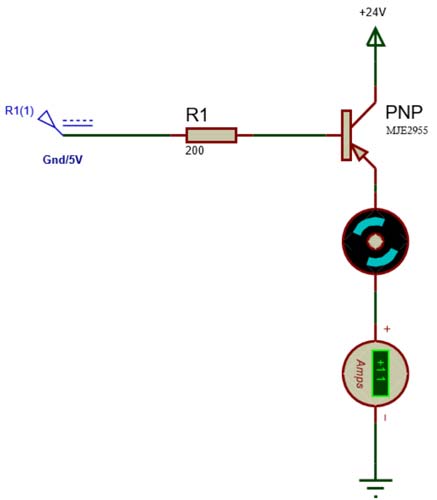
As we have mentioned earlier the MJE2955T is a PNP transistor and can be used in many different applications, for that reason we have set the transistor in a common emitter configuration, and we are driving a high-power motor as load. Under initial circumstances, the button will be in open circuit condition and no current will flow through the base. With no base current, the transistor acts as an open circuit and the entire supply voltage V1 will not appear across it.
Applications
- Power switching circuits
- Amplifier circuits
- PWM applications
- Regulator circuits
- Switch-mode power supply
- Signal Amplifiers



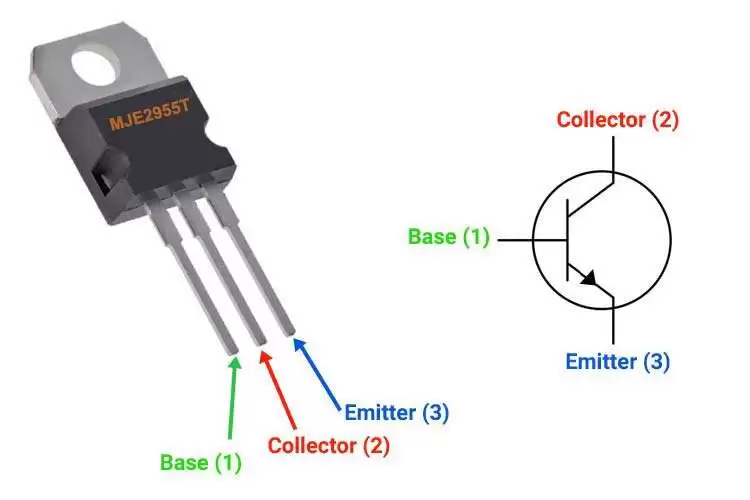
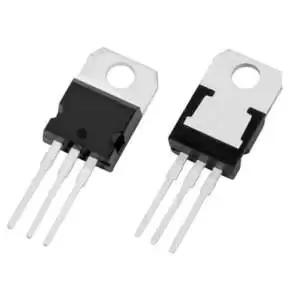
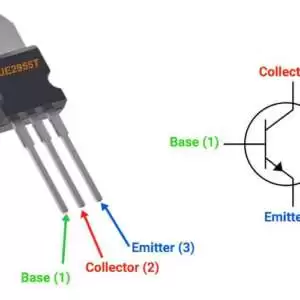
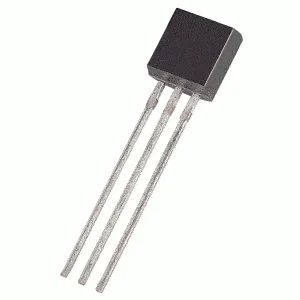

Reviews
There are no reviews yet.